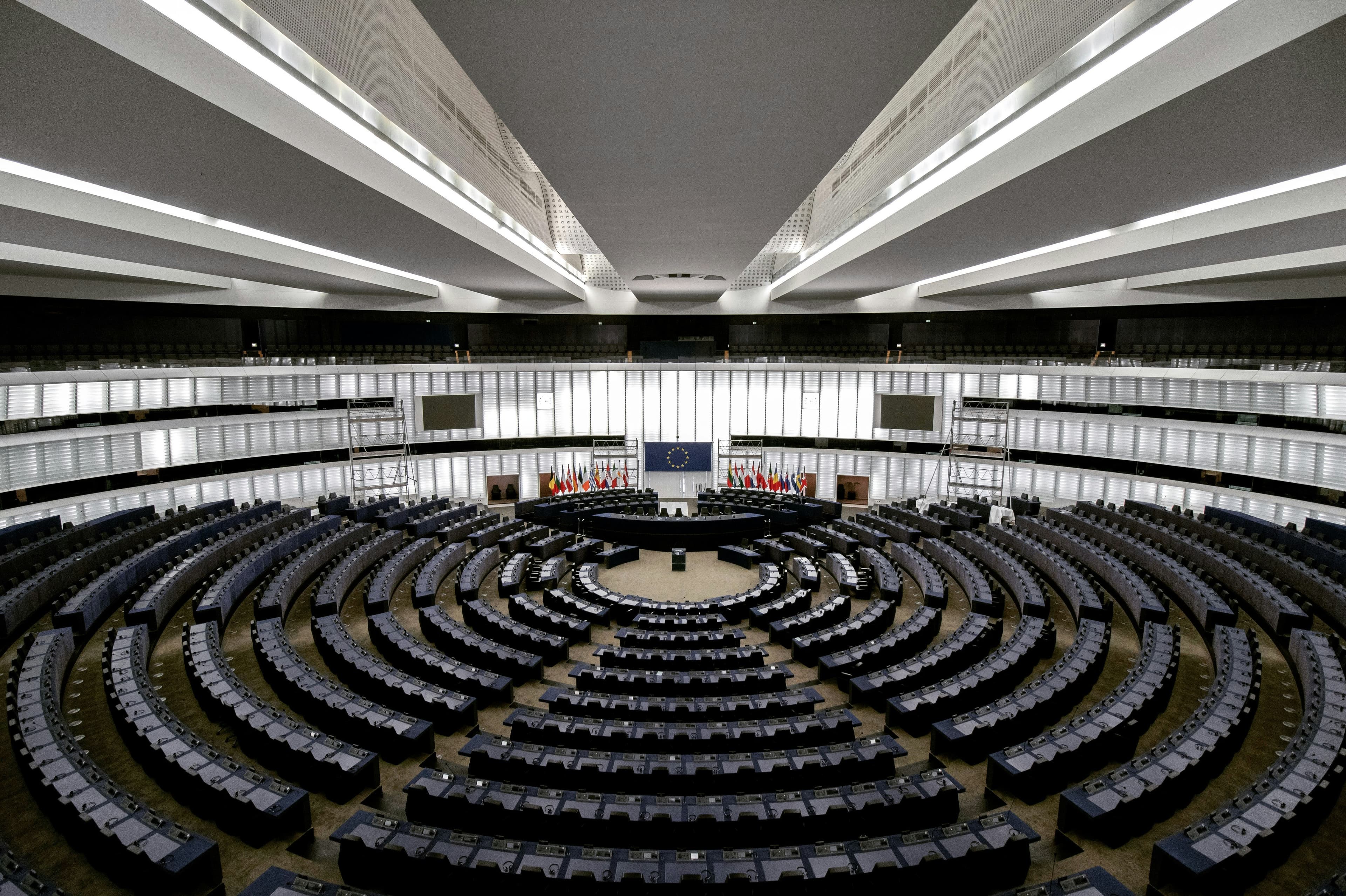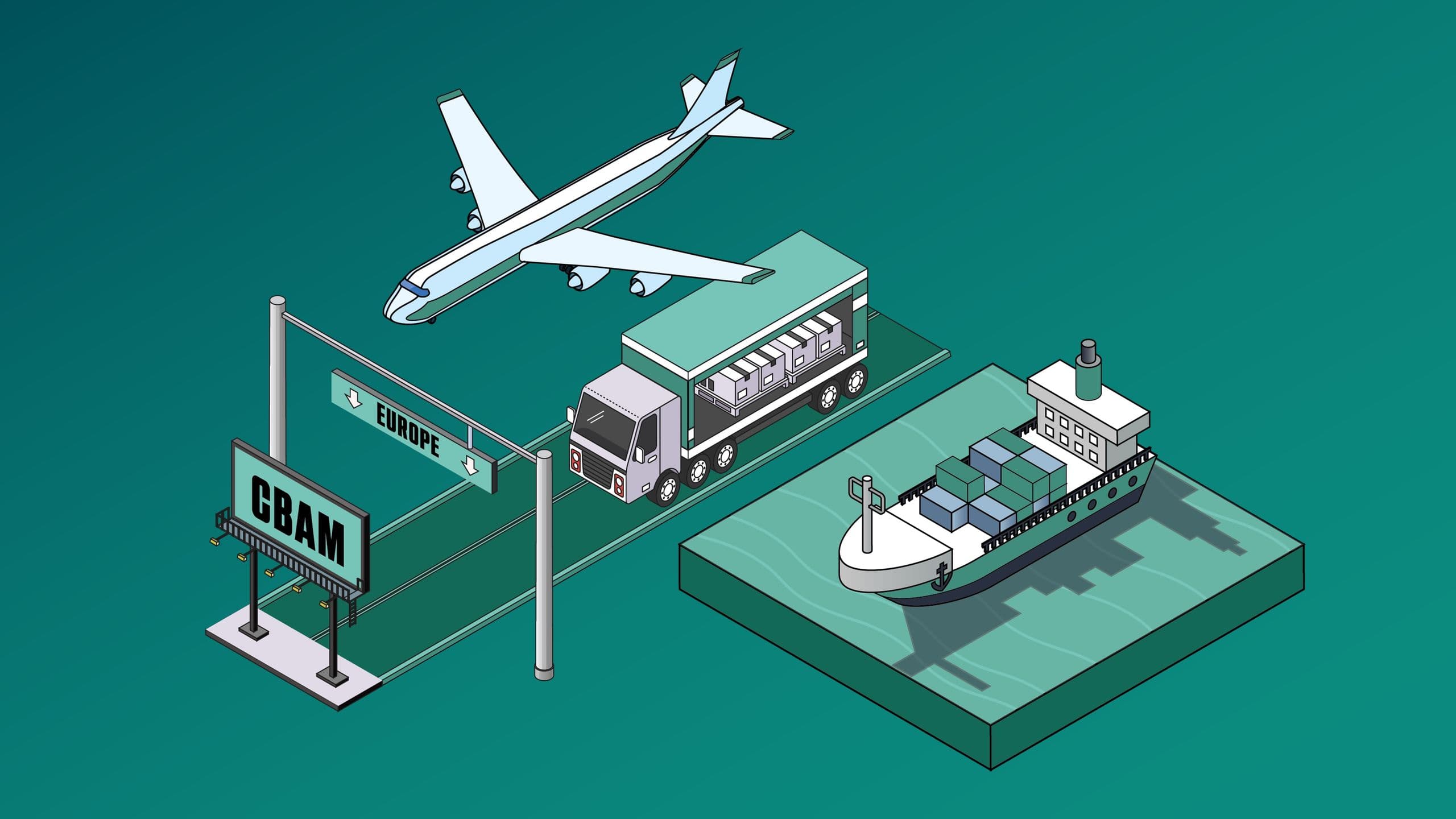Blog
Explore our collection of blog posts and articles to help you understand CBAM and carbon pricing

Understanding EU CBAM Obligations: Transitional vs. Definitive Phase
2025-07-01Read more

Omnibus CBAM Reforms: Key Aspects to Consider
2025-06-23Read more

Navigating the EU CBAM: What Manufacturers Need to Know
2025-06-13Read more

Navigating the EU CBAM: What Importers Need to Know
2025-05-29Read more

How to Submit a CBAM Application: Information and Documents Required
2025-05-22Read more

How to Become an Authorised CBAM Declarant
2025-05-15Read more

The EU ETS Explainer: A Comprehensive Guide
2023-11-08Read more

The Elephant in the Room: Why 'Carbon Price' and 'Carbon Cost' are Not Interchangeable
2023-09-20Read more

Free Allocation of Allowances under the EU ETS
2023-09-11Read more

The EU Carbon Border Adjustment Mechanism (CBAM) Explained
2023-08-16Read more